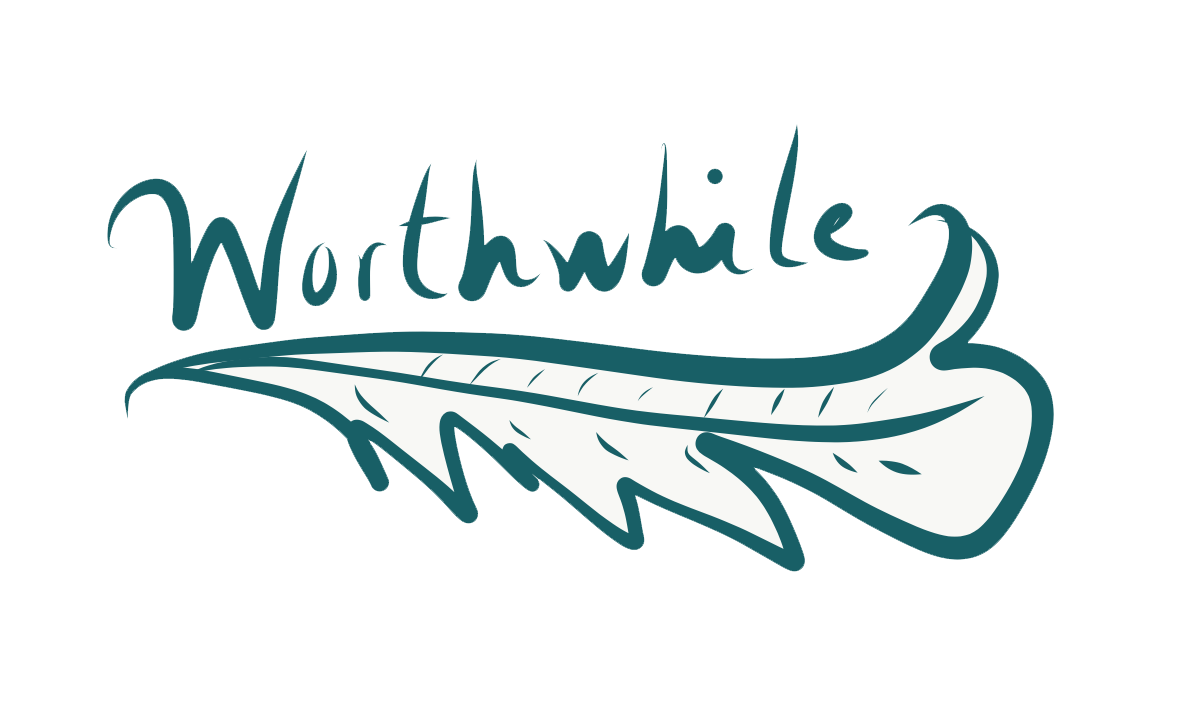The Role of Punctuation in Assessing History: Provenance Formatting Explained
An art object’s ownership history has the power to determine its life on the art market. Gaps in ownership, if not adequately explained, can mark a work as unsalable. A fully fleshed-out provenance not only adds to an artwork’s life story but also reduces the risk for future owners, often facilitating higher resale prices or opinions of value.
Despite the importance provenance plays in the trajectory of an artwork on the market, there is no standard for recording provenance. Many researchers and institutions have their own methodology for recording and publishing provenance. However, some practices tend to remain constant amidst the variations in techniques.
Working in chronological order from the earliest known owner to the most recent, each line of an ownership history should ideally provide you with the name and location of the artwork along with any available dates to indicate the duration of ownership. The format of this information can influence our understanding of an artwork’s life on the art market:
Semicolon
Used at the end of a line reference to indicate that there is documented proof to confirm the artwork passed directly between two consecutive owners
Period
Used at the end of line reference to separate two names if a direct transfer of ownership did not occur or is not known to have occurred
These two forms of punctuation rely on the availability of verifiable documentation (i.e., documentation that specifically references the artwork or collection being researched).
Other formats you may encounter are as follows:
Brackets
Enclose the dates of life for an owner, if they are known
Parentheses
Separate dealers, auction houses, or other art market actors from collectors
“Possibly” or “Probably”
Identify information that is not confirmed by verifiable documentation - it should be explained
To help bolster the techniques enumerated above, you can also rely on footnotes or supporting documentation. Always cite your sources! A detailed and comprehensive provenance should be supported by documentation.
While it may seem tedious, implementing common provenance formatting guidelines into your practice can make provenance information more accessible for future researchers or collectors. An accessible ownership history can alter the way an artwork is perceived within the art market. It’s never too soon to get started.
About the Author: Aubrey Catrone is an international art historian, appraiser, and provenance researcher. Aubrey earned an MA in History of Art from University College London, specializing in the documented histories of art objects. With an art gallery and academic research background, Catrone founded Proper Provenance, LLC to provide her clients with the tools, not only to historically contextualize art, but also to shed light on attribution and legal title within the international art market.
Catrone has researched artworks paintings, artefacts, works on paper, prints, and sculptures spanning the fourth century B.C.E. to the twenty-first century C.E. She has appeared as a guest expert on the History Channel and published her scholarship in a variety of publications including RICS Journals and the Journal of Art Crime.
© Aubrey Catrone 2023





